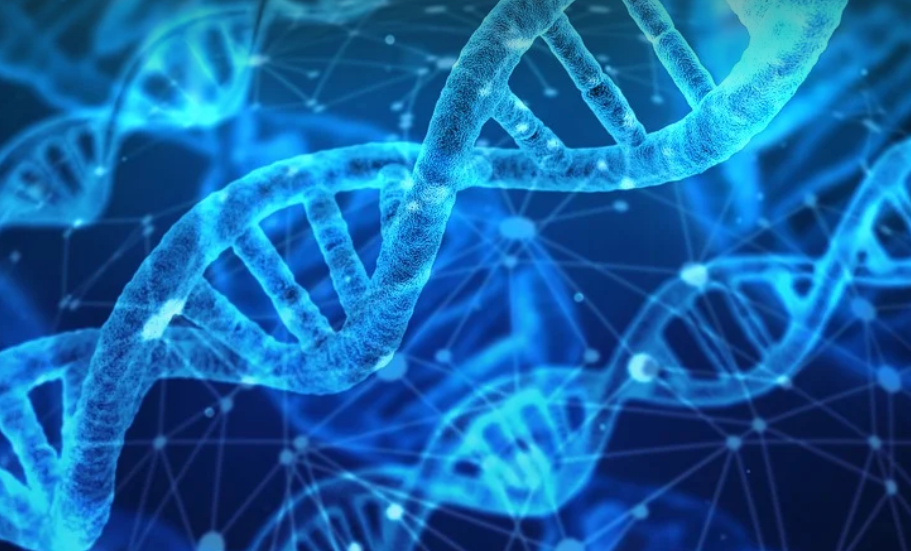What is Acrylonitrile Butadiene Styrene (ABS)?
ABS is a versatile plastic known for its strength, durability, and weather resistance. It’s used in everything from household appliances and toys to car parts and medical equipment. It’s also incredibly common, making it one of the most recycled plastics worldwide.
ABS combines two essential components – acrylonitrile, a strong plastic that makes it tear-resistant, and butadiene, which improves its flexibility and resilience to wear. Styrene is another key component, providing the overall chemical structure for this durable material.
Why Recycle ABS?
Recycling plays a crucial role in our fight against climate change and reducing plastic waste. It’s more than just a good idea – it’s essential to ensure a sustainable future.
The benefits of recycling ABS go beyond environmental concerns:
- **Reduces Resource Consumption:** Reusing materials like ABS helps conserve valuable natural resources, reducing the need for new extraction processes and lowering our carbon footprint.
- **Saves Energy:** Recycling ABS requires less energy compared to producing virgin plastic. This is a win-win situation for both the environment and our wallets.
- **Promotes Circular Economy:** The recycling of ABS fosters a circular economy model, where materials are reused and repurposed within product life cycles, minimizing waste and maximizing resource efficiency.
- **Reduces Landfill Reliance:** Recycling helps us move away from overflowing landfills that often end up contributing to pollution and environmental degradation. By diverting plastic waste into the recycling system, we’re ensuring a cleaner and healthier planet for future generations.
How is ABS Recycled?
The process of recycling ABS begins with collection. There are many ways this can occur:
- **Curbside Recycling Programs:** Many cities and regions have dedicated programs for collecting plastic waste, including ABS, from households.
- **Drop-Off Centers:** Specialized recycling facilities exist where plastics like ABS can be brought in for processing.
- **Industrial Collection:** Businesses often collect used ABS materials to ensure a continuous supply of recycled material for their processes.
Once collected, the process involves several steps:
- **Sorting and Cleaning:** First, the collected ABS is sorted by type and cleaned to remove contaminants like dirt, labels, or other debris.
- **Grinding and Melting:** The purified material is then ground into small particles, known as pellets. These pellets are melted down in specialized industrial furnaces.
- **Molding and Shaping:** The melted ABS is mixed with additives and then molded into desired shapes for various applications. The process involves creating new components for various products, ranging from automotive parts to household items.
What Happens After Recycling?
The recycled ABS can go on to create a variety of things, depending on its intended use:
- **Consumer Products:** Recycled ABS finds its way into everyday items like toys, furniture, appliances, and even phone cases.
- **Building Materials:** ABS can be used to manufacture durable building materials such as insulation boards or construction components.
- **Automotive Parts:** The strength and resilience of ABS make it a good choice for creating car parts, from dashboards to bumpers.
- **Specialized Industrial Applications:** The versatility of ABS allows it to be used in various industrial applications like medical equipment, machinery components, and even electronics.
Future of ABS Recycling: The Road Ahead
The future of ABS recycling looks promising. Advancements in technology, alongside growing awareness of environmental concerns, are driving the industry toward more sustainable practices. We’re witnessing a shift towards circular economy models that emphasize reuse and remanufacturing.
New technologies allow us to recycle more types of plastic materials, including those often hard to recycle. In addition:
- **Bio-Based Alternatives:** The development of bioplastics is paving the way for a future where plastics are derived from renewable sources. This will lead to less reliance on fossil fuels and contribute to a more sustainable system.
- **Closed-loop Systems:** Companies are increasingly adopting closed-loop systems, which recycle plastics within their own operations to minimize waste and maximize efficiency.
How You Can Contribute
Recycling ABS isn’t just the responsibility of manufacturers or industrial facilities; everyone can play a role in ensuring a sustainable future. Here are some things you can do:
- **Practice Proper Disposal:** Make sure your local recycling program accepts ABS, and learn about how to sort your plastic waste effectively for best results.
- **Support Companies with Sustainable Practices:** Choose brands that prioritize environmental responsibility. Look for certifications like “Recycled Content” on product packaging and support companies actively engaged in sustainable practices.
- **Spread the Word:** Educate others about the importance of recycling ABS. Share your knowledge and raise awareness about this crucial aspect of environmental sustainability.
Conclusion: A Sustainable Future for Plastics
Recycling ABS is no longer a futuristic concept; it’s a reality that can help us build a more sustainable planet. From reducing waste to conserving resources, the benefits are far-reaching and crucial for our future generations. By understanding how to recycle ABS responsibly and actively participate in these efforts, we take charge of building a greener tomorrow.
